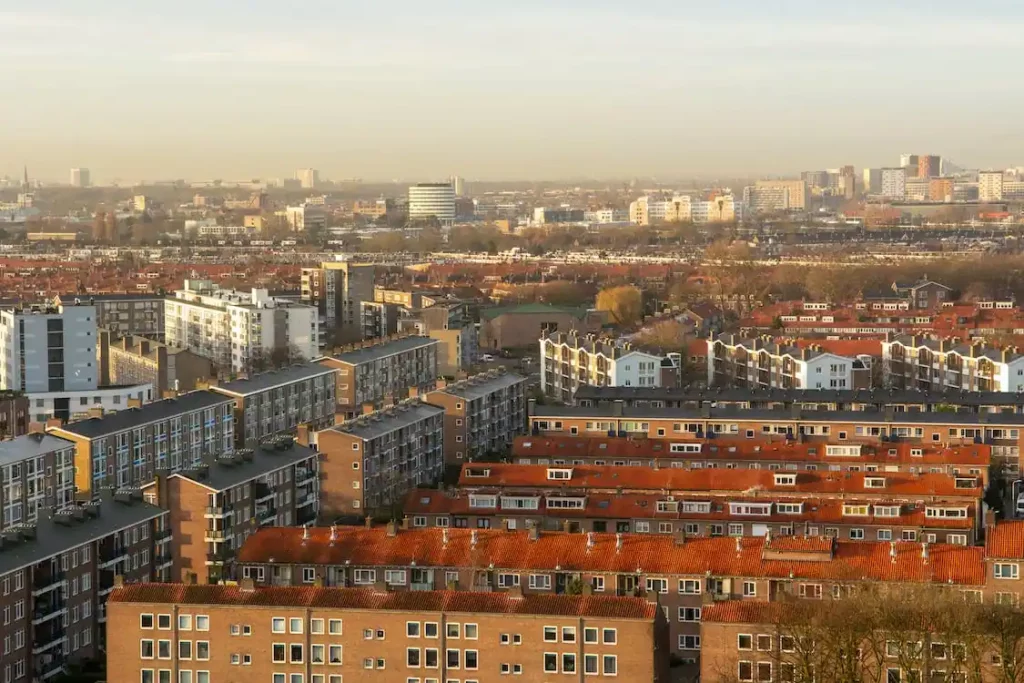In the dynamic world of real estate, understanding the true value of apartment buildings is crucial for both seasoned investors and first-time property buyers. The question on everyone’s mind is, How much are apartment buildings? In this comprehensive guide, we delve into the factors that influence the pricing of apartment buildings, providing valuable insights for anyone looking to navigate the intricate landscape of real estate investments.

Jan van der Wolf
Decoding the True Value of Apartment Buildings
Unlocking the real value of apartment buildings is a crucial endeavor for any prospective investor. When delving into the question of “how much are apartment buildings,” it’s essential to consider various factors that influence their worth. From location dynamics and building size to the condition of the property, understanding these elements provides a comprehensive perspective on the true value of apartment buildings. This knowledge empowers investors to make informed decisions, navigate the complexities of the real estate market, and maximize the potential returns on their investments.
The Location Factor:
When determining the value of apartment buildings, the location plays a pivotal role. Urban areas with high demand often command higher prices, while suburban or rural locations may offer more affordable options. Investing in an up-and-coming neighborhood can yield significant returns over time, making it essential to assess the surrounding area’s growth potential.
Size Matters:
The size of an apartment building is a key determinant of its value. Larger buildings typically have more units, generating higher rental income. However, it’s essential to strike a balance, as excessively large buildings may incur higher maintenance costs. Understanding the optimal size for your investment goals is crucial for maximizing returns.
Condition and age:
The condition and age of apartment buildings directly impact their market value. Renovated and well-maintained properties often command higher prices. Conversely, older buildings may require extensive updates, affecting their overall worth. Evaluating the structural integrity and condition of essential components, such as plumbing and electrical systems, is crucial in determining the true value.
Rental Income Potential:
One of the primary revenue streams for apartment buildings is rental income. Investors should assess the current rental rates in the area and the building’s potential for increasing income over time. Understanding the local rental market dynamics and forecasting future trends will contribute to a more accurate valuation.
Market Trends and Economic Factors:
The real estate market is influenced by broader economic trends. Factors such as interest rates, job growth, and population influx can impact the value of apartment buildings. Staying informed about current market conditions and economic indicators is essential for making informed investment decisions.
Comparative Market Analysis (CMA):
Conducting a Comparative Market Analysis (CMA) is a crucial step in determining the value of apartment buildings. Analyzing recent sales and rental data for similar properties in the vicinity provides a benchmark for assessing a building’s worth. This data-driven approach helps investors make informed decisions based on the current market landscape.
Financing and Investment Strategies:
The method of financing and investment strategy employed can also influence the perceived value of apartment buildings. Investors utilizing creative financing options or implementing value-adding strategies, such as property improvements, can enhance a building’s overall worth.

JULIO NERY
The Location Factor in Apartment Building Values
Curious about the real value of apartment buildings? In this guide, we’ll delve into the factors influencing their worth, providing key insights for informed investment decisions.As we navigate the intricate landscape of real estate, understanding how much apartment buildings are truly worth becomes paramount. From the location’s influence to the impact of size, condition, and market trends, this guide equips you with the knowledge needed to unlock the value potential in apartment building investments.
- Location Impact: Understand how the location of an apartment building affects its market value.
- Size Matters: Explore the correlation between building size and potential returns.
- Condition and Age: Assess the impact of a building’s condition and age on its overall worth.
- Rental Income Potential: Learn how rental income contributes to the value equation.
- Market Trends and Economic Factors: Explore broader economic trends shaping apartment building values.
- Comparative Market Analysis (CMA): Utilize CMA as a valuable tool for accurate property valuation.
- Financing and Investment Strategies: Consider how different financing and investment approaches influence perceived value.
The question how much are apartment buildings is multi-faceted and requires a nuanced understanding of various factors. From location and size to condition and market trends, each element contributes to the overall value of a property. As investors navigate the complexities of the real estate market, leveraging these insights will empower them to make informed decisions and unlock the true potential of apartment building investments. Whether you’re a seasoned real estate professional or a prospective buyer, the key lies in staying informed, conducting thorough research, and adapting to the ever-evolving dynamics of the real estate landscape.
